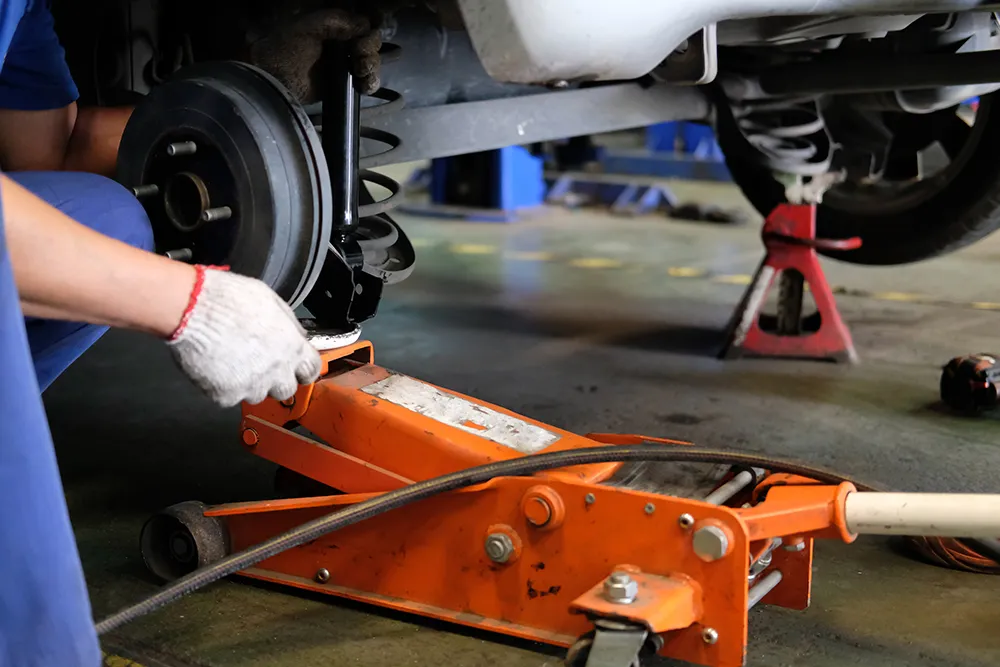In the world of automotive maintenance and repairs, shocks and struts play a crucial role in ensuring a smooth and safe ride. These components are often overlooked but are essential for maintaining the overall health and performance of your vehicle. In this article, we will explore everything you need to know about shocks and struts, including their function, signs of wear and tear, and when to replace them.
What are Shocks & Struts?
Shocks:
- Shocks, also known as shock absorbers, are hydraulic or mechanical devices designed to absorb and dampen the impact of a vehicle’s springs.
- They help control the movement of the springs, thereby reducing excessive bouncing, swaying, and vibrations while driving.
- Shocks play a critical role in maintaining tire contact with the road surface, ensuring proper grip and handling.
Struts:
- Struts are a structural part of the vehicle’s suspension system that integrate the shock absorber into a single unit.
- Unlike shocks, struts are a more complex component that provide structural support to the vehicle.
- Struts also play a role in steering and alignment, as well as supporting the weight of the vehicle.
Signs of Worn Shocks & Struts
- Excessive Bouncing: If you notice your vehicle bouncing excessively over bumps or dips in the road, it could indicate worn shocks or struts.
- Uneven Tire Wear: Worn shocks and struts can lead to uneven tire wear, as they may fail to maintain proper tire contact with the road surface.
- Loud Noise: A knocking or clunking noise coming from the suspension when driving over bumps can be a sign of worn shocks or struts.
- Steering Response: If your vehicle’s steering feels loose or unstable, it could be due to worn struts affecting the alignment and stability of the vehicle.
When to Replace Shocks & Struts
Regular inspection and maintenance of your vehicle’s shocks and struts are essential to ensure optimal performance and safety. Here are some guidelines on when to replace these components:
- Mileage: As a general rule of thumb, shocks and struts should be replaced every 50,000 to 100,000 miles, depending on driving conditions and vehicle usage.
- Visual Inspection: If you notice signs of leakage, physical damage, or excessive rust on your shocks or struts, it’s time for a replacement.
- Poor Performance: If you experience any of the signs mentioned earlier, it’s crucial to have your shocks and struts inspected by a professional auto technician.
Final Thoughts
Shocks and struts are vital components of your vehicle’s suspension system that impact ride comfort, handling, and safety. Regular inspection and maintenance of these components are key to ensuring a smooth and safe driving experience. If you suspect your shocks or struts are worn or damaged, don’t hesitate to schedule an inspection or replacement with your trusted auto repair shop.

